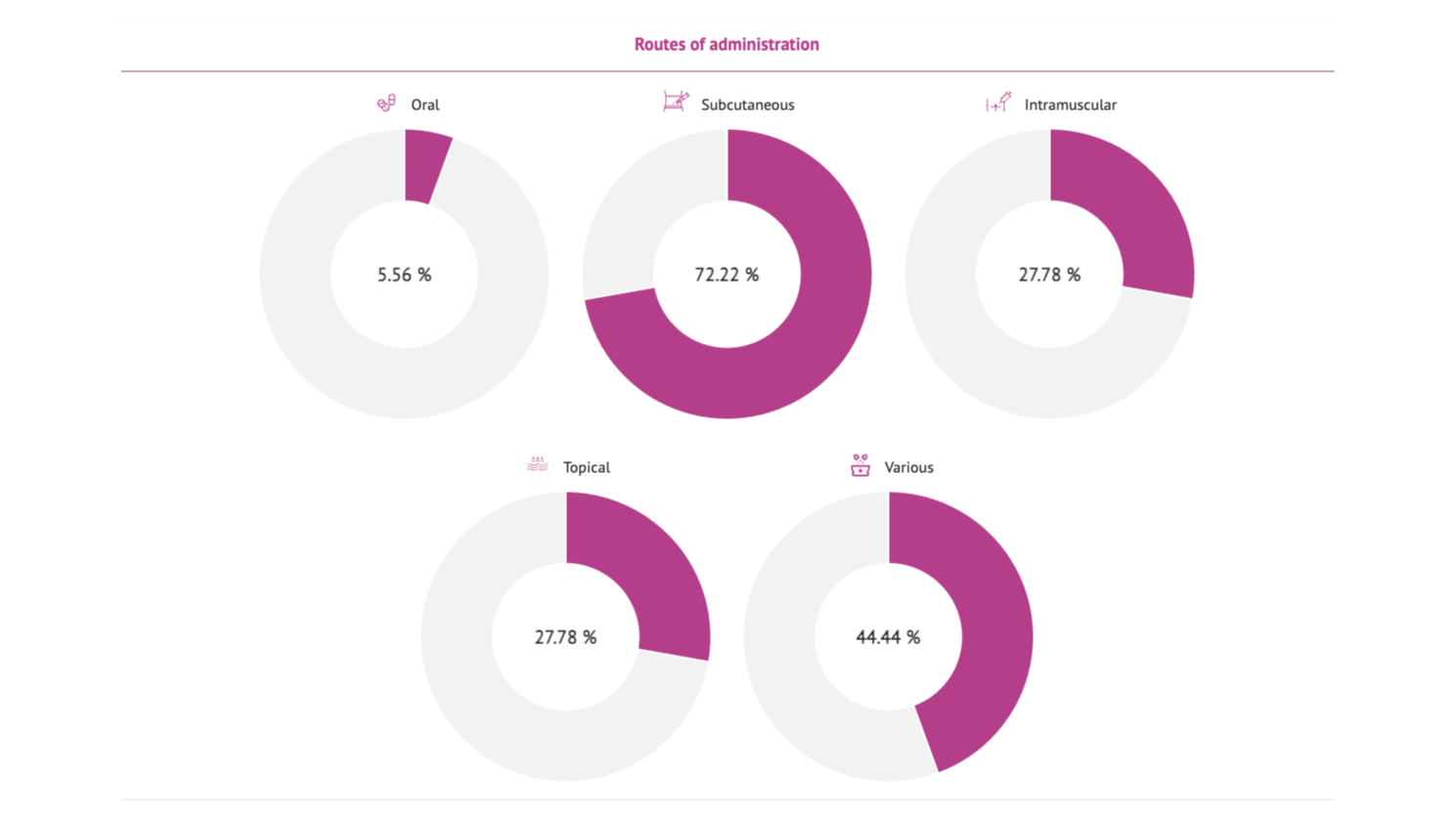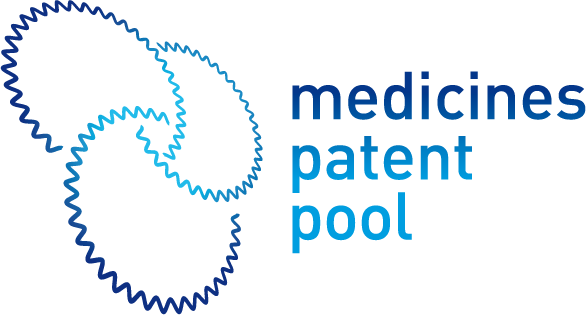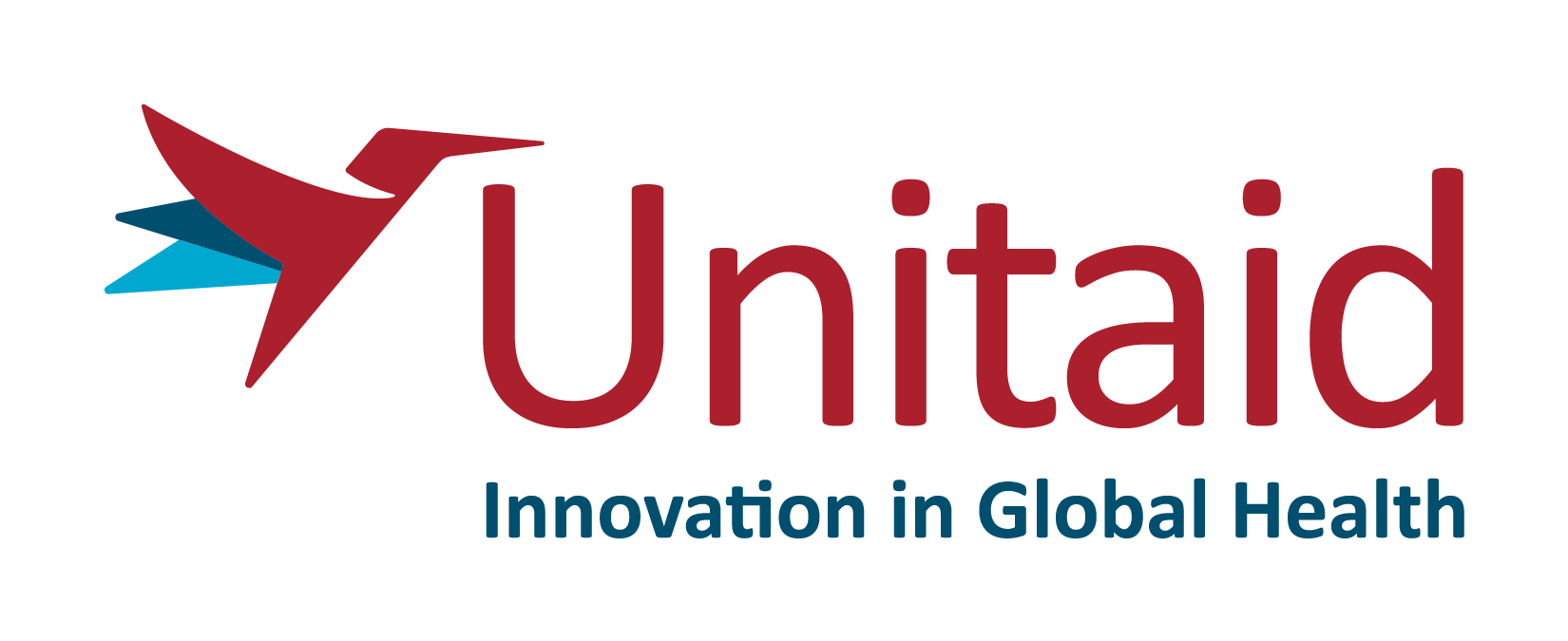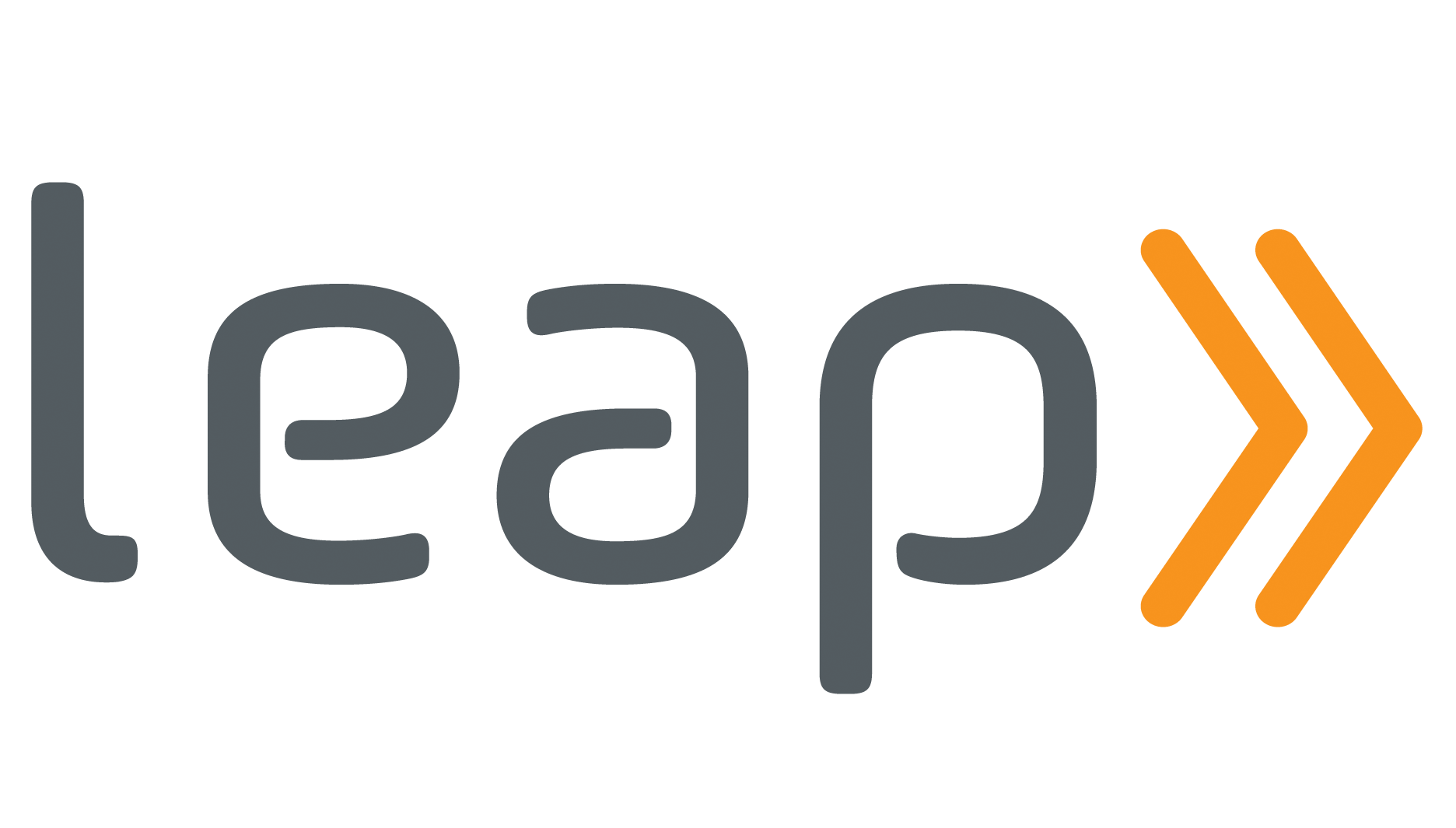Subscribe to our newsletter
Subscribe to the LA PaL newsletter to receive regular updates.
Latest news

New enhancements place LAPaL as the #1 free database for Long-Acting Therapeutics
Discover what we've been up to!
The long-acting therapeutics database LAPaL has undergone progressive improvements, greatly enhancing its usability and accessibility for communities, healthcare professionals, innovators, researchers, manufacturers, government bodies, civil society and funders interested in prolonged and sustained-release therapeutics worldwide. With support from Unitaid, LAPaL is an essential free online database that makes it easier to track patents and licenses for innovative long-acting technologies and medications with sophisticated search filters and a unique benchmarking function.
The introduction of thorough national regulatory statuses and clinical trial landscapes is one of the users most awaited additions.
Among the cutting-edge improvements to LAPaL are detailed entries on innovative technologies such as biodegradable ultra-long-acting polymeric solid implants. These implants present a versatile and safe drug delivery method, with the notable advantage of being removable if necessary. Another pioneering entry is the LYNX tablet, a once-weekly oral dosage form that has captivated scientists and medical professionals alike. This addition is part of a broader update that includes 18 top-tier long-acting technologies, complete with updates on the clinical trials of their pipeline applications.
The database now includes 24 long-acting compounds, with an improved search filter that separates small molecules from biotherapeutics. Furthermore, LAPaL now offers comprehensive data on several monoclonal antibodies, investigated or approved for a range of indications, from HIV to malaria and respiratory syncytial virus (RSV).
These developments are crucial to improving access to critical information about long-acting technologies and compounds with potential high impact in low- and middle-income countries. The LAPaL team will continue to develop the database, expand and carefully curate its content, building on its already established reputation as a unique repository for long-acting therapeutics.
July 30, 2024

MPP and the University of Washington sign a licence for an investigational long-acting injectable drug combination candidate for HIV
Aiming for one injection to replace 30-90 pills
Thanks to the recently signed licence agreement between the Medicines Patent Pool (MPP) and the University of Washington (UW) through CoMotion, people living with HIV in low- and middle-income countries (LMICs) might, one day, be able to get a monthly injection that will offer an alternative method of delivery to existing oral therapies.
The licence covers the patents and expertise relating to a long-acting injectable (LAI) drug combination candidate that is being developed for use in HIV treatment, with support from Unitaid. The LAI formulation is enabled by UW’s drug combination nanotechnology. Currently at a pre-clinical stage, the LAI developed by the Targeted, Long-acting and Combination Anti-Retroviral Therapy (TLC-ART) program based at UW has the potential to transform the WHO-recommended daily oral dosage of TLD (tenofovir/lamivudine/dolutegravir) into a simple subcutaneous monthly injection. This LAI candidate, if proven safe, effective, and acceptable, could contribute to reducing pill burden, improving adherence for certain people, and reducing stigma associated with the necessity of taking daily pills.
“The fixed-dose combination of tenofovir, lamivudine and dolutegravir (known as TLD), in its oral form, is the preferred WHO-recommended first-line regimen for HIV treatment. Thanks to our licensing agreements with ViiV Healthcare and the work of our partners, around 10 billion doses of dolutegravir-based products had been distributed at affordable prices in LMICs by the end of 2020,” said Charles Gore, Executive Director of MPP. “The LAI being developed by UW offers an exciting new avenue for HIV treatment which could complement our current efforts. We are very proud to be partnering with UW and Unitaid through the GLAD project to ensure these innovations, if proven safe and effective, are available in LMICs as soon as possible.”
28.2 million people worldwide are currently on antiretroviral therapy. Streamlining antiretroviral treatment could simplify treatment for people living with HIV and help them stay on antiretroviral therapy, which keeps the virus suppressed and prevents the risk of transmission and further infections.
“Long-acting technologies are the next frontier for sustained suppression of HIV worldwide, and we are delighted to sign this licence agreement to ensure our innovation, if proven effective and safe, will be made available in LMICs,” said Prof. Rodney Ho, Director of the TLC-ART program and the GLAD project at UW’s Department of Pharmaceutics. “UW’s three-drug combination in one injection is based on a drug-combination nano-particle platform (DcNP) technology which allows up to four drugs to be integrated into a single injectable suspension and can be scaled up for generic manufacturing production, thus ticking all the boxes for effective, easy to administer, affordable access in LMICs.”
“A long-acting alternative to HIV treatment could free patients from daily pills, make it easier to start and stay on medicines and reduce the burden on health systems. Unitaid is proud to support efforts that we hope will provide additional options, reach more people and contribute to achieving the UN goal that 95% of all people who know their HIV status receive treatment,” said Dr Philippe Duneton, Executive Director of Unitaid.
The licence agreement covers all low- and middle-income countries and is royalty free in both public and private markets.
More information on the DcNP technology on LAPaL
More information on the licence agreement
More information on MPP’s work in long-acting therapeutics
December 15, 2021

Welcome to LA PaL !
Building a powerful tool, together.
Hello and welcome to LA PaL: the long-acting technologies patents and licences database!
What is LA PaL?
LA PaL is a free online crowdsourced repository for long-acting technologies and their applications with potential impact for global health.
What is the objective of LA PaL?
LA PaL aims to facilitate collaborations in the long-acting space and advocate for access to LA therapeutics.
What kind of information can I find here?
LA PaL provides information on the technologies main characteristics and an overview of their intellectual property landscape.
How can I contribute ?
As a long-acting technology developer, you can submit your technology to LA PaL. You will provide information about the technology properties, development stage, potential applications and the most relevant patents and licences.
May 18, 2021



